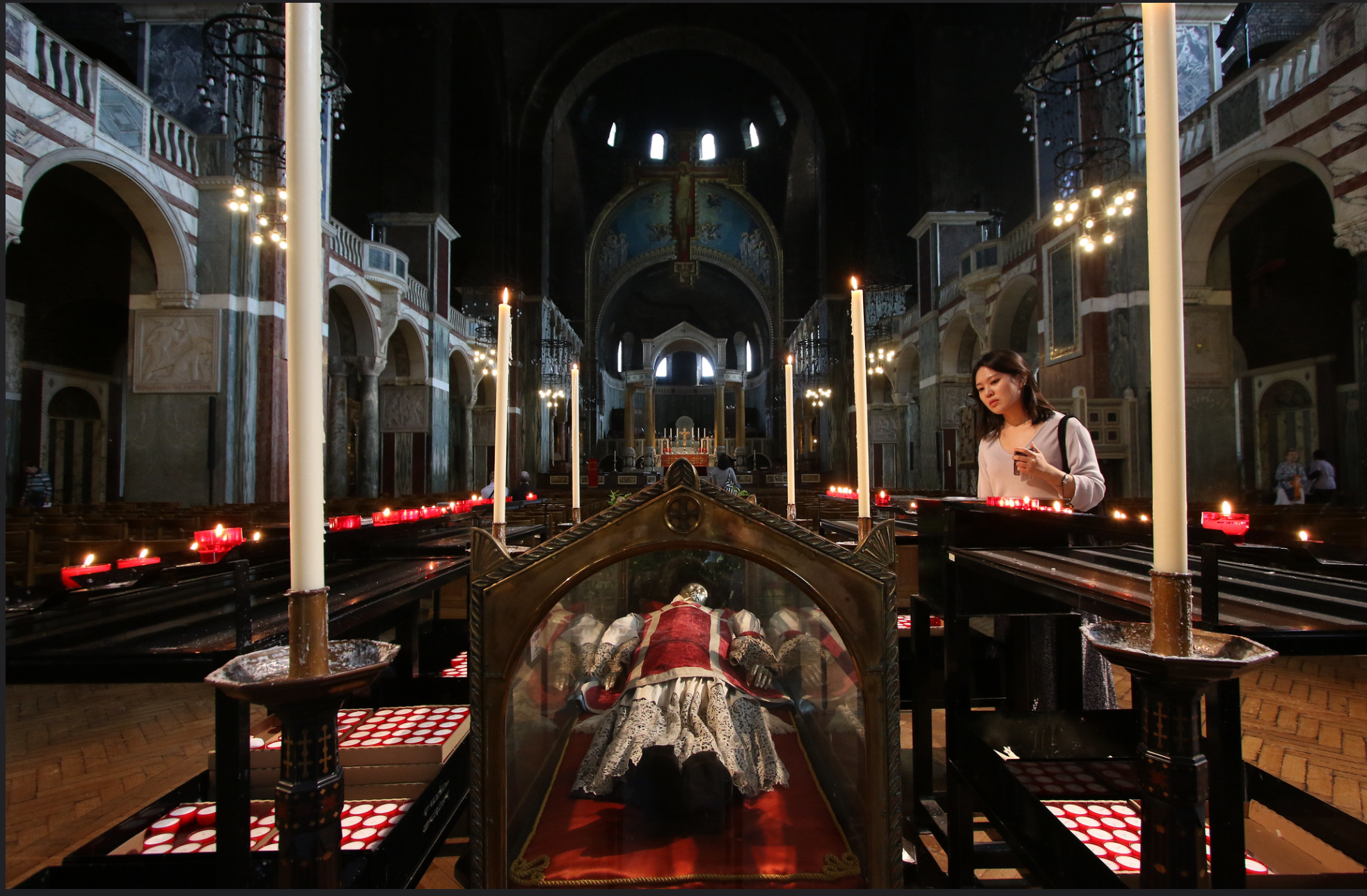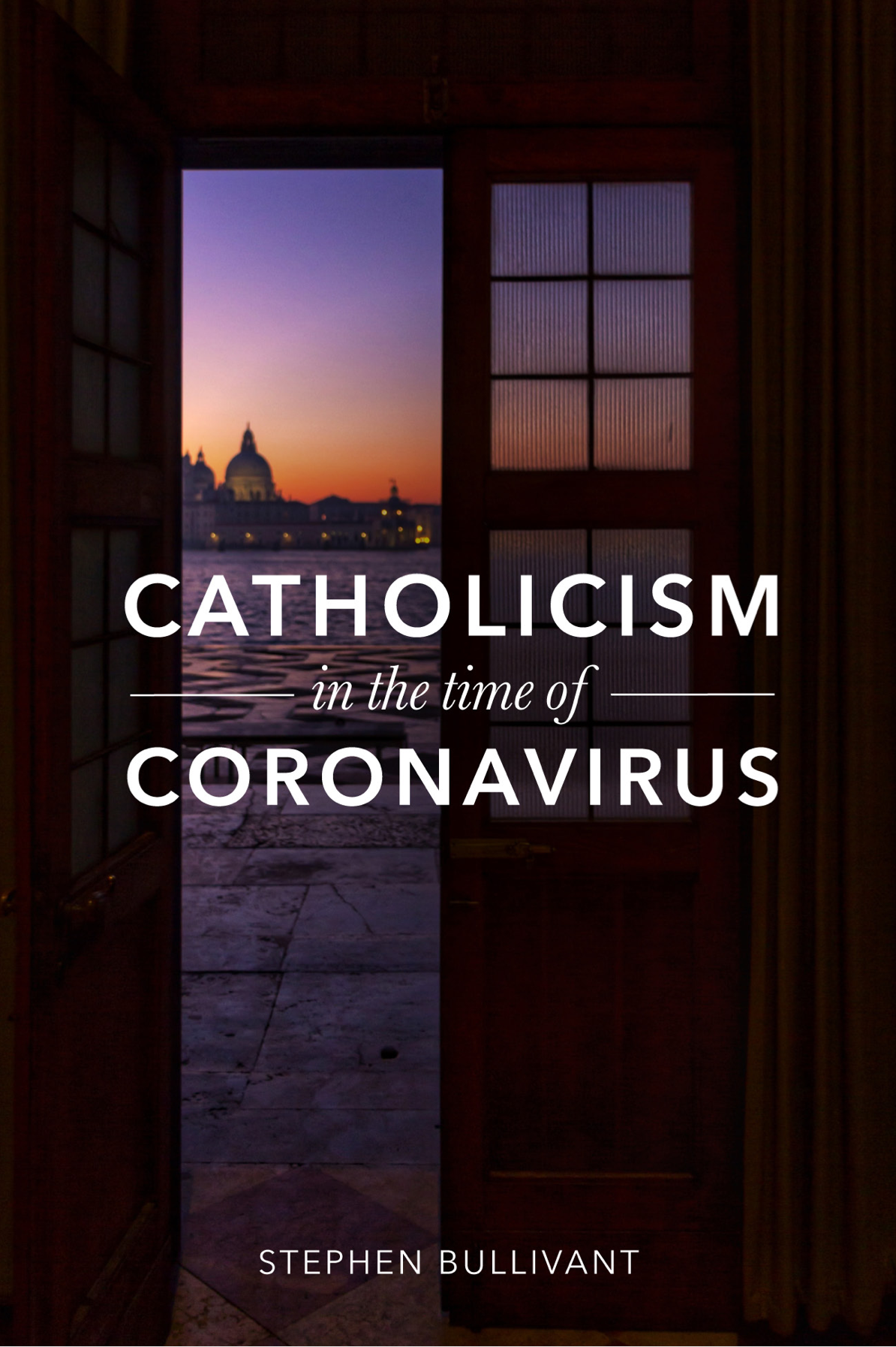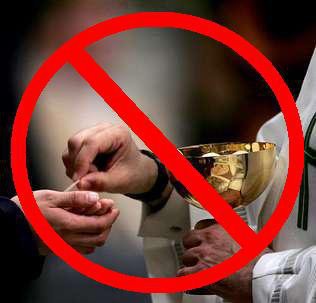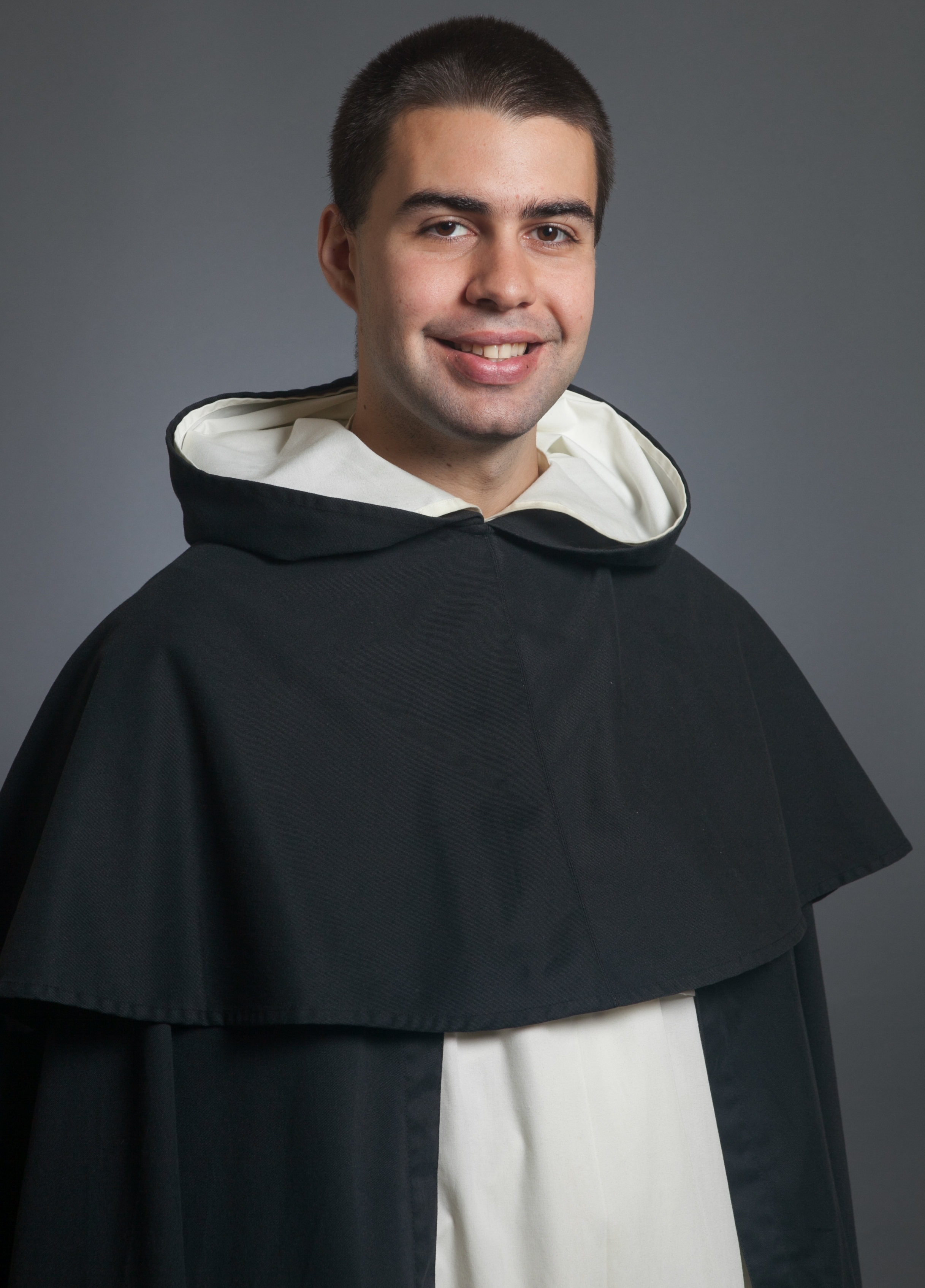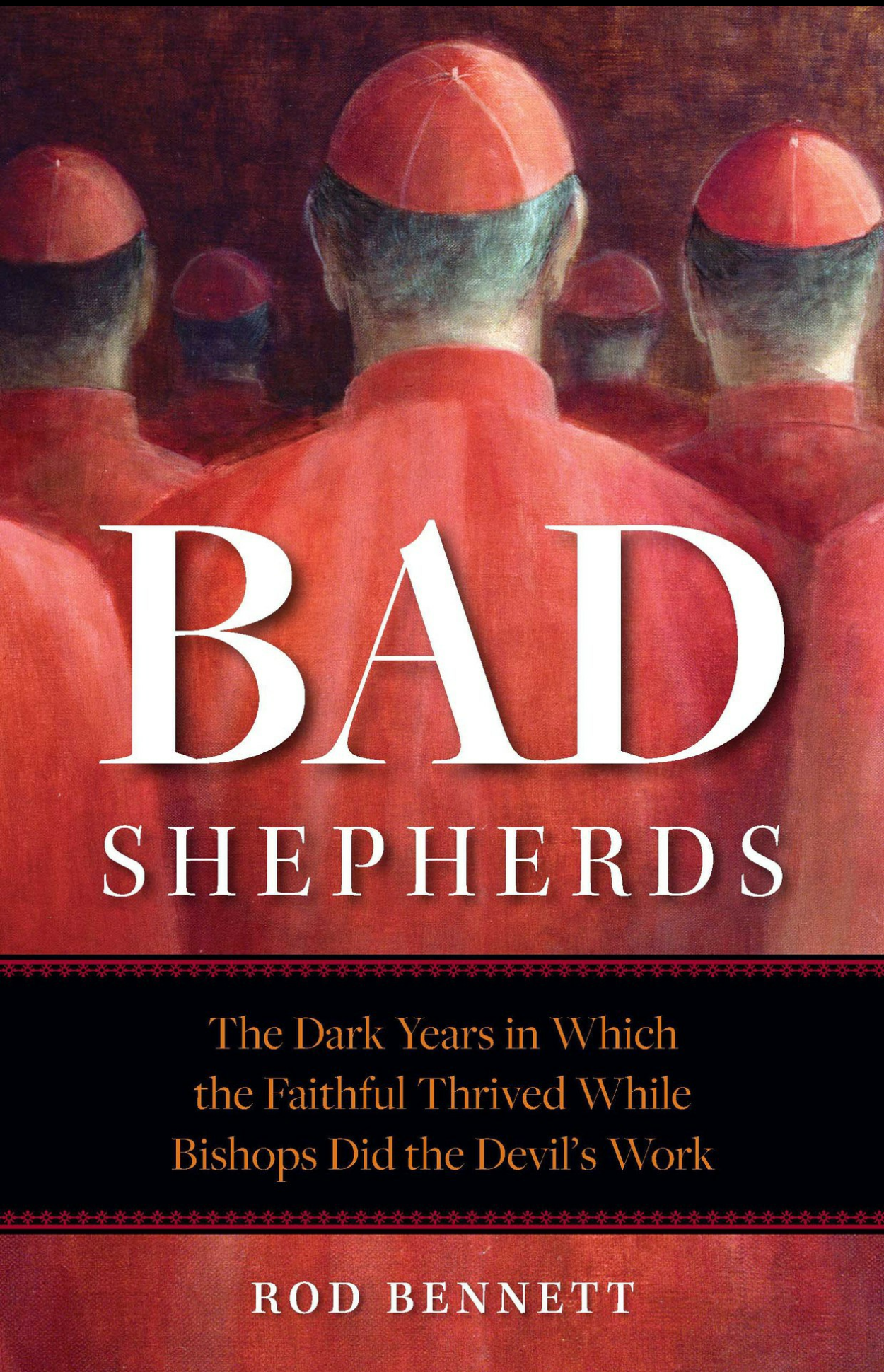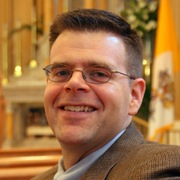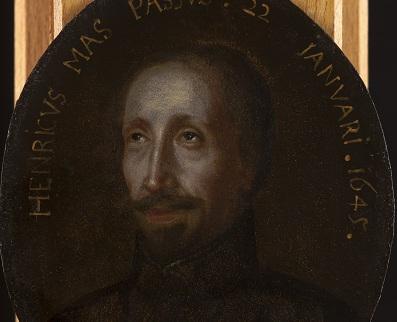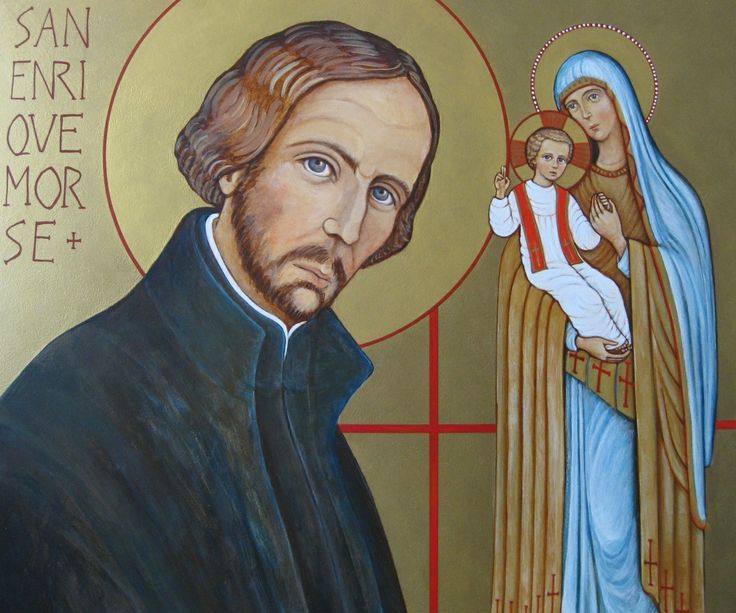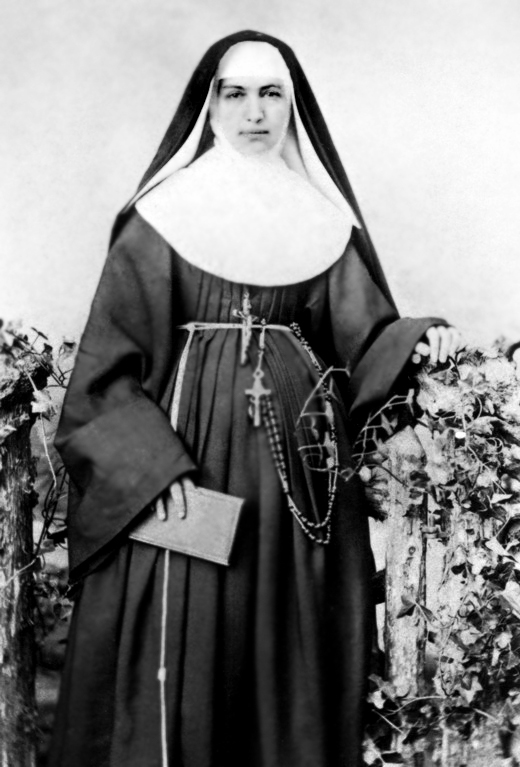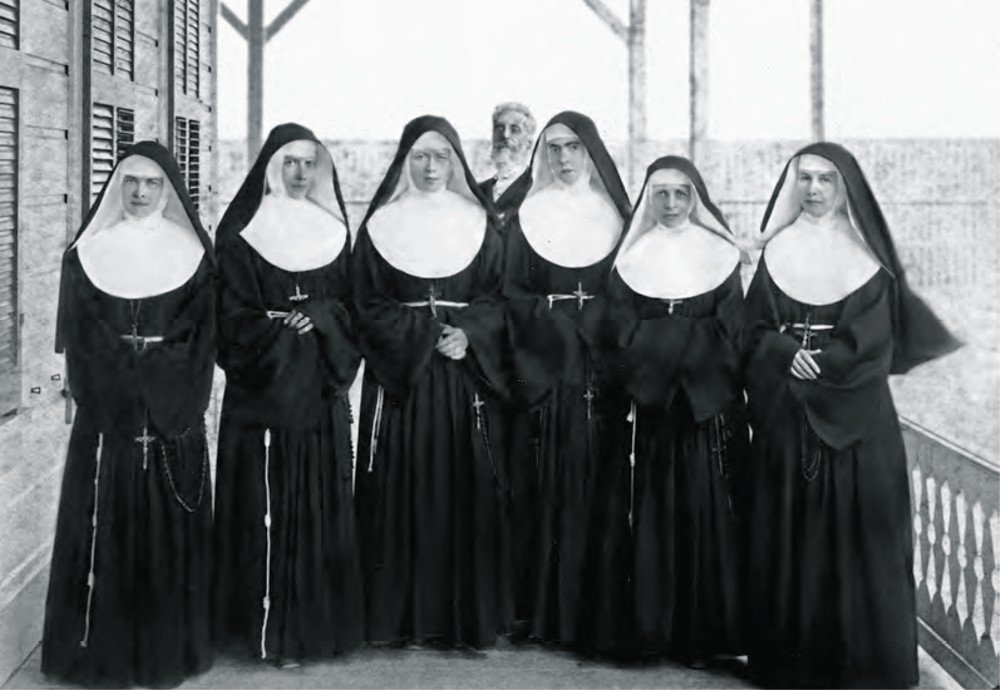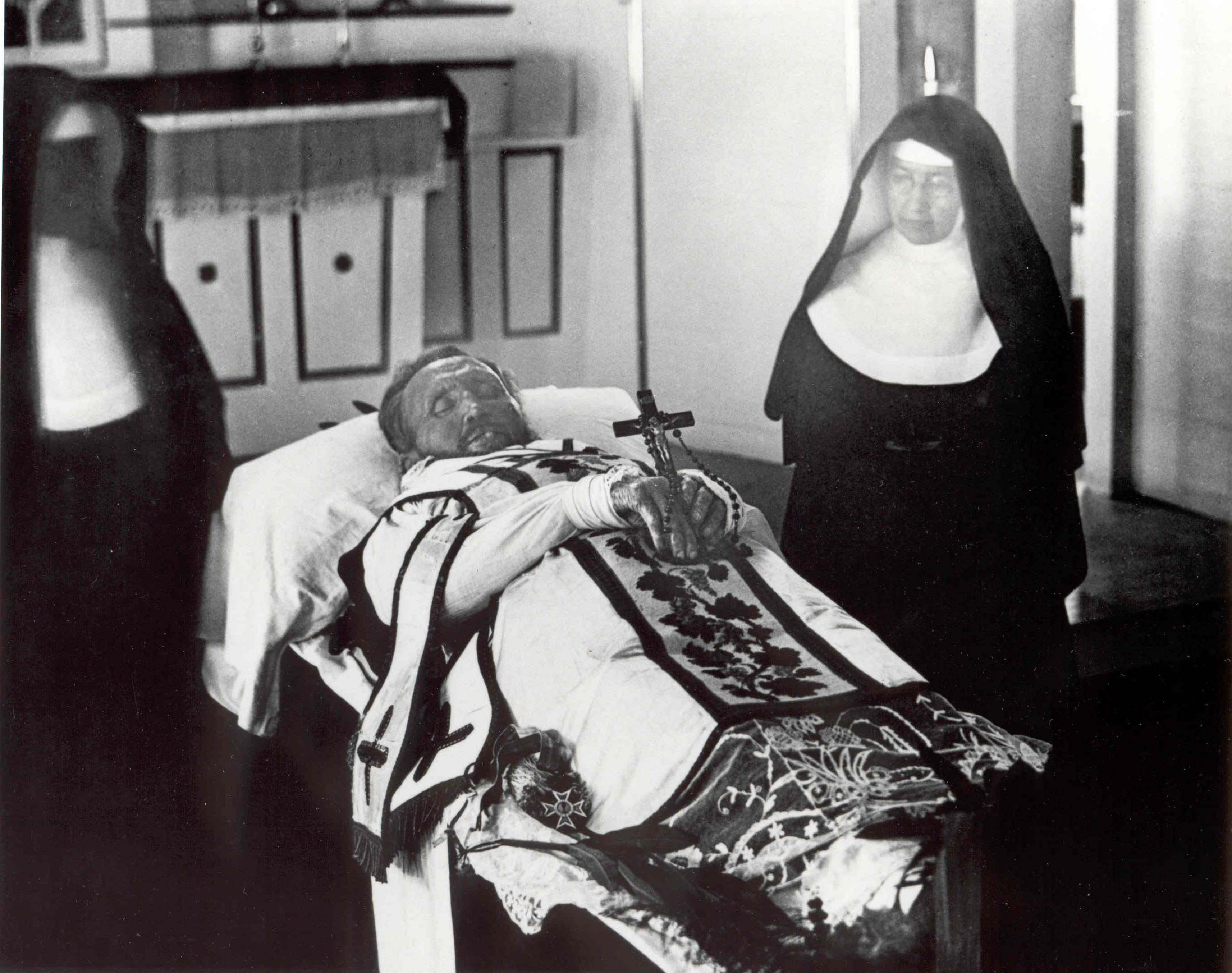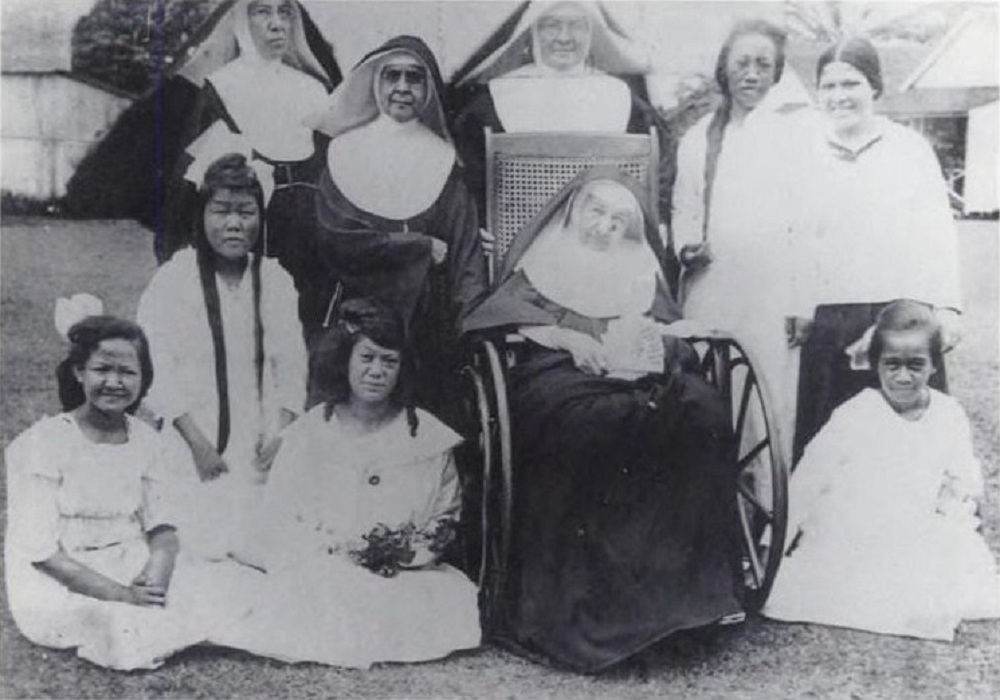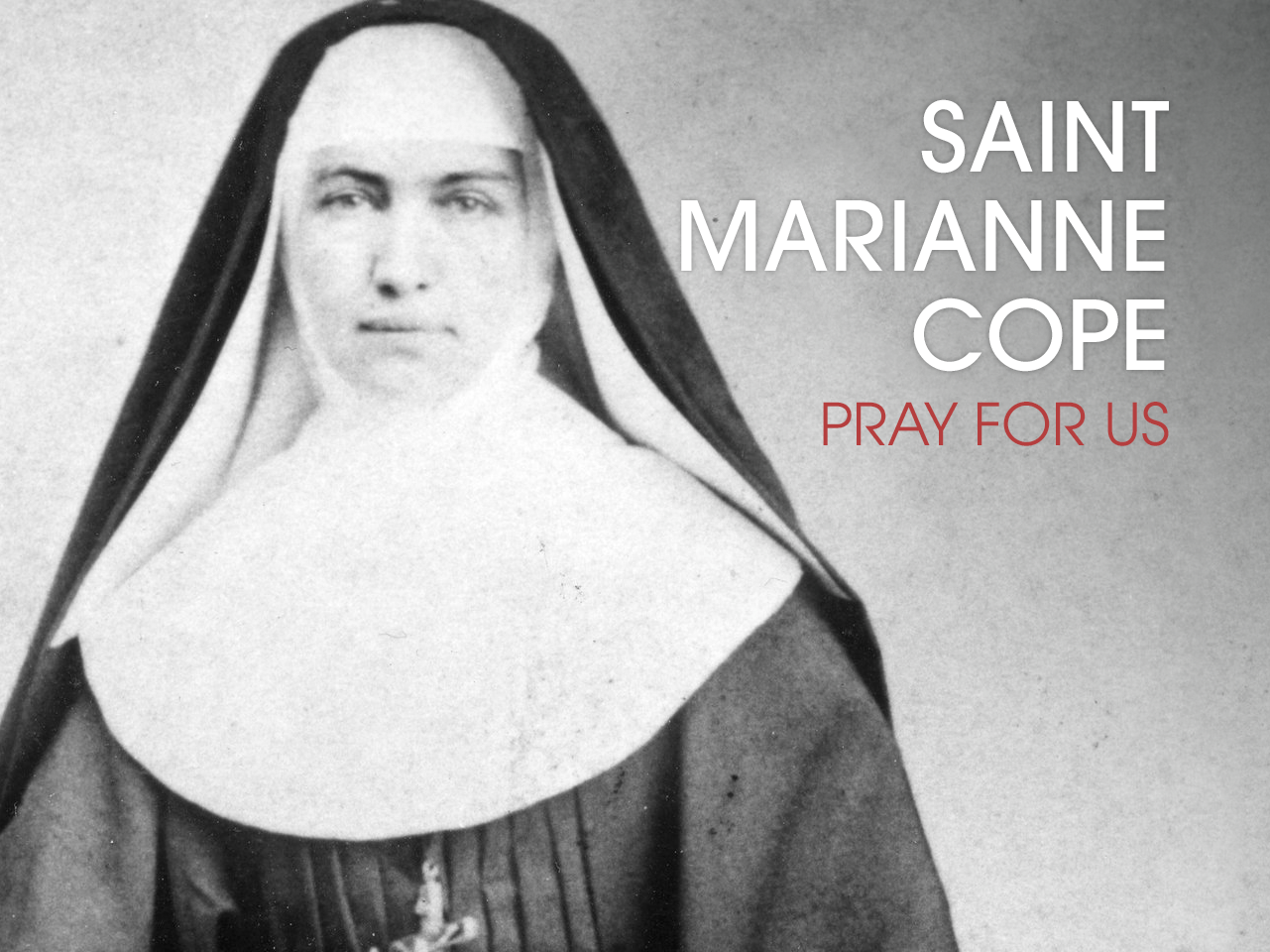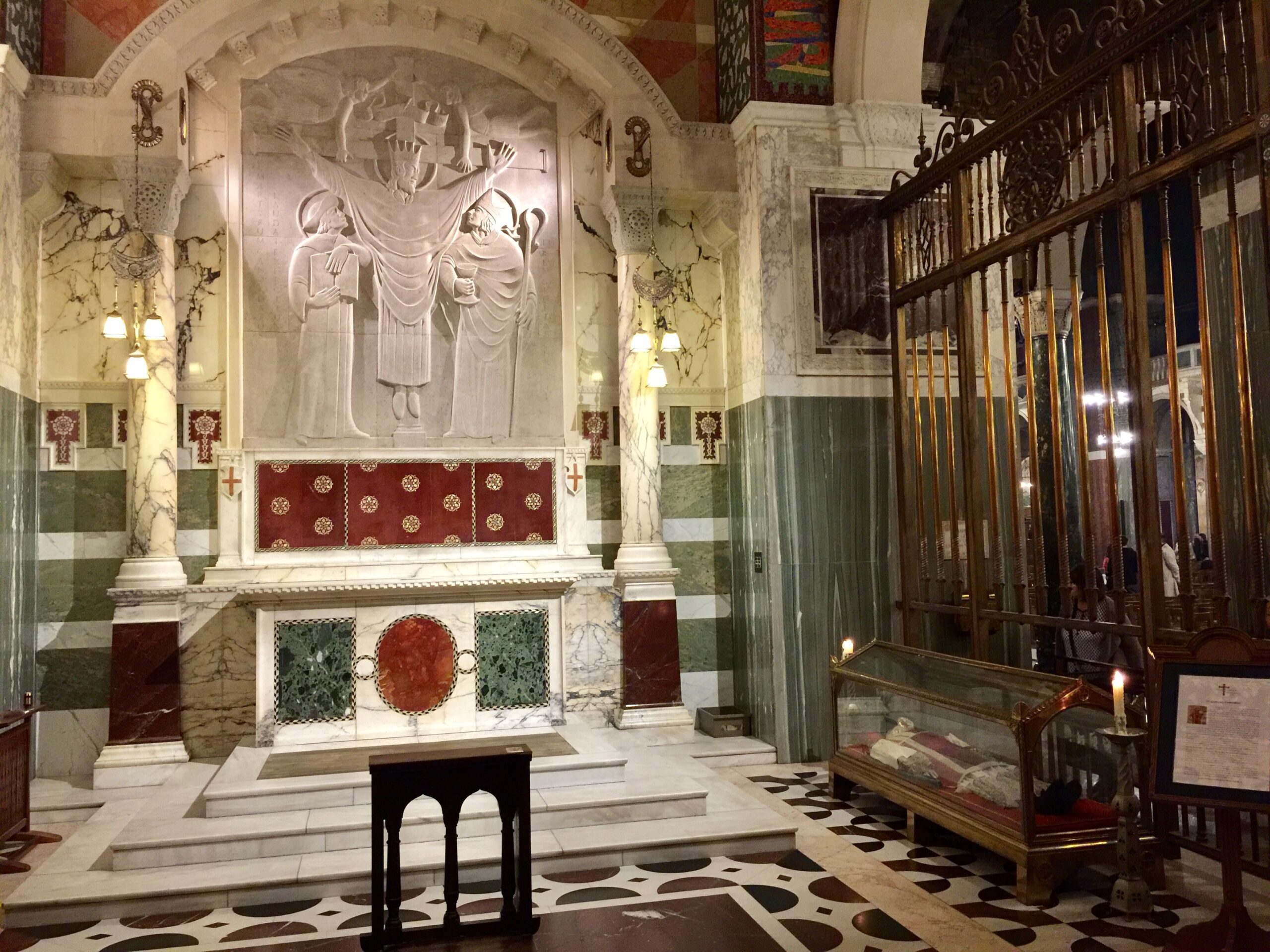
-The Chapel of St George and the English Martyrs. Note the reliquary, “feretory”, of St John Southworth on the right. Please click on the image for greater detail.
The marble walls and floor were completed in 1931. The life-size figure of St George takes its place as chief patron of the Chapel
St George was a Roman soldier, put to death for his Christian faith about 302AD. His cult was brought to England by the Crusaders, and King Edward III made him patron of England in the fourteenth century.
In this Chapel, which is currently in the process of being decorated with its mosaic scheme, we pray especially for England, and for those who have witnessed to their Catholic faith in our land.
In the center of the floor is a rose, symbol of England; the rose motif is continued behind the altar and around the walls. Either side of the altar the red cross of St George is displayed on marble shields. Panels list servicemen who gave their lives in battle, and who are prayed for in the Cathedral.
On the facing wall is a carving of St George by Lindsey Clarke. Above the altar is the last carving of Eric Gill. It portrays Christ on the cross, not suffering, but gloriously triumphant over death; to his left stands St Thomas More, Lord Chancellor of England, and to his right St John Fisher, Bishop of Rochester. Both men were executed in 1535 for their refusal to deny the Supremacy of the Pope under King Henry VIII.
“The blessed lady, Mother of our Savior, may well be called a morning, since before her there was none without sin. After her, the most clear sun Christ Jesus showed his light to the world.”
—St. John Fisher
Normally, St John Southworth, martyred in 1654 at Tyburn (now Marble Arch) for his Catholic faith, lies in a shrine by the grill. His body was brought to the Cathedral in 1930. It is now temporarily housed in the Chapel of the Holy Souls while the decoration of the Chapel of St George and the English Martyrs is completed.
At the entrance to the Chapel is a mosaic representing Christ the Divine Healer, erected in 1952 in memory of the Royal Army Medical Corps.
Outside the Chapel, a new mosaic records St Alban, the first to shed his blood for the Christian faith on British soil. Alban was a Roman soldier in the Roman province of Britannia. He sheltered, and then changed places with, a persecuted Catholic priest. When arrested, he refused to sacrifice to the Roman gods, and was martyred. The mosaic, by Christopher Hobbs, was unveiled in June 2001.
Lord, we pray for all those who
witness to the Gospel in this land.
May all Christians work to heal
divisions within the Church,
So that together we may bear witness to Jesus Christ.
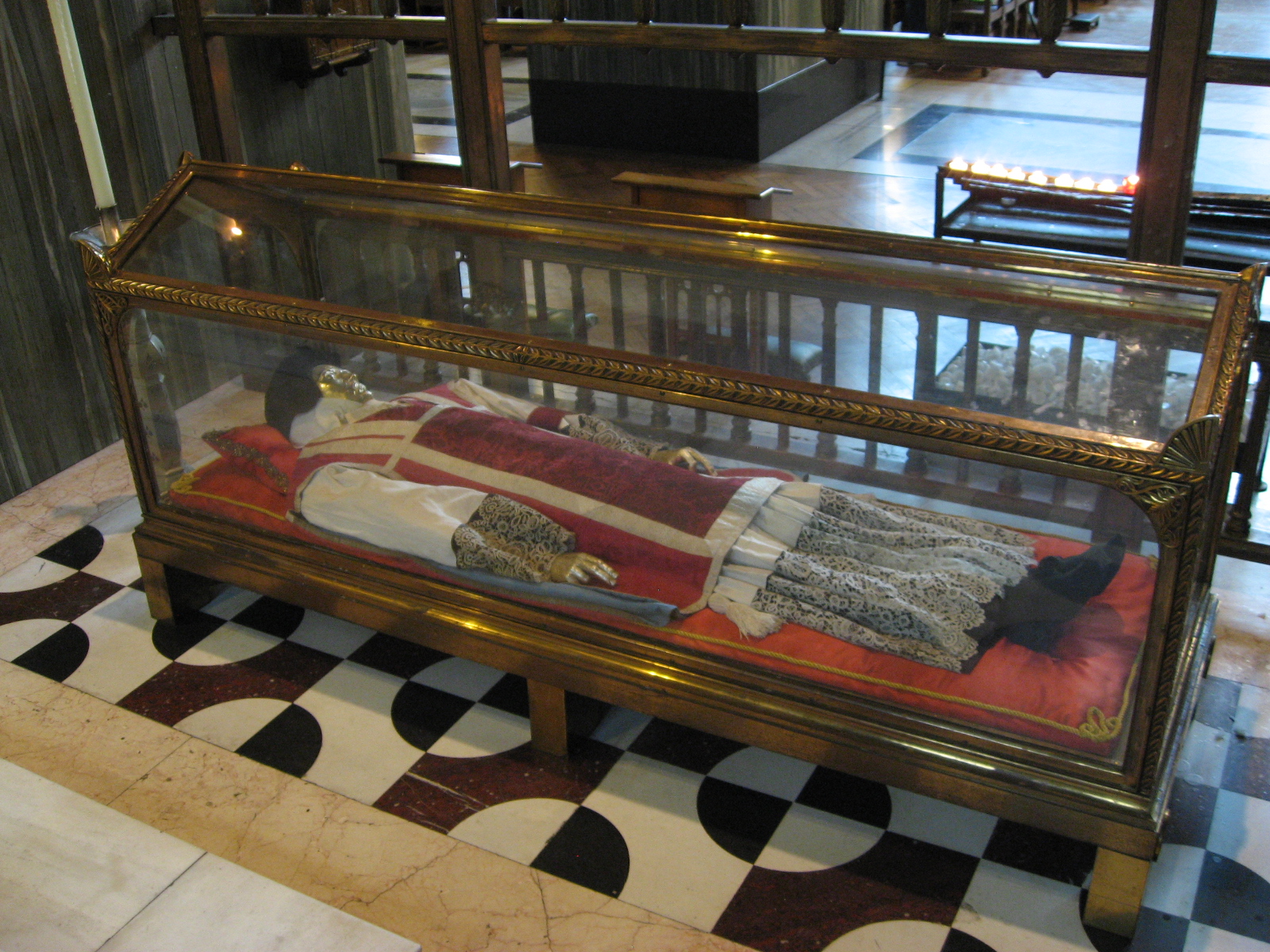
-reliquary of St John Southworth, the only Reformation martyr whose remains are wholly intact, please click on the image for greater detail.
Saint John Southworth came from a Lancashire family, the principal members of which seemed to have lived at Samlesbury Hall. He is thought to have been born in 1592 and was martyred at Tyburn on 28 June 1654. His family chose to pay heavy fines rather than give up the Catholic faith.
In 1618, John Southworth was ordained a priest at the English College, Douai (Douay) in Northern France. After returning to England, he was arrested and condemned to death in Lancashire in 1626, and imprisoned first in Lancaster Castle, and afterwards in the Clink Prison, London. On 11 April, 1630, at the insistence of Queen Henrietta Maria, he and seventeen others were delivered to the French Ambassador for transportation abroad, but, in 1636, he was reported to have been released from the Gatehouse, Westminster, and was living at Clerkenwell. From there it seems he and Henry Morse, SJ, frequently visited the plague-stricken dwellings of Westminster to administer the sacraments and comfort the sick and the dying. They both also raised money for plague-stricken families. In 1637, he appears to have been based in Westminster, where he was arrested on 28 November, before being again sent to the Gatehouse. From there he was transferred to the Clink and, in 1640, was brought before the Commissioners for Causes Ecclesiastical, who sent him back there. During these various imprisonments Fr Southworth was protected by the Secretary of State to the King, Francis Windebank, who seems to have allowed him relative freedom, and who eventually became a Catholic himself.
On 16 July, John Southworth was again freed, but by 2 December he was once more imprisoned in the Gatehouse. After his final apprehension on 19 June 1654, dragged from his bed by a Colonel Worsley, he was tried at the Old Bailey, where he insisted on pleading guilty to being a priest. He was reluctantly condemned to be hung, drawn and quartered by the Recorder of London, Serjeant Steel, who wept bitterly while reading the sentence. He was permitted to wear his vestments at this execution, a rare honor. He was the only Catholic martyr to die under the rule of Oliver Cromwell. On the day of his martyrdom, he was allowed to make a long speech at the gallows.
Among his last words:
“I am come hither to die, and would willingly speak something…I am a Lancashire man and am brought hither to die not for any crime I have committed against the laws, but for being a priest, and obeying the commandments of my Savior Jesus Christ and for professing the true Roman Catholic and Apostolic Faith, in which I willingly die, and have earnestly desired the same. My study from my infancy was to find out the true and only way to serve God, and having found it, my study was to serve Him. And I have suffered much, and many years imprisonment, to obtain that which I hope ere long I shall enjoy.
Almighty God sent his only Son my Lord and Savior Jesus Christ into this world for the redemption of mankind; and although the least of His sufferings was superabundant satisfaction, yet He rested not so contented, but Himself doeth by word and example give us a rule by which we should be guided: He told St. Peter, thou art a rock, and upon this rock will I build my Church, and the gates of Hell shall not prevail against it — which is the true Roman Catholic and Apostolic Church.
My faith and obedience to my superiors is all the treason charged against me; nay, I die for Christ’s law, which no human law, by whomsoever made, ought to withstand or contradict… To follow His holy doctrine and imitate His holy death, I willingly suffer at present; this gallows I look on as His Cross, which I gladly take to follow my Dear Saviour…I plead not for myself…but for you poor persecuted Catholics whom I leave behind me.
My faith is my crime, the performance of my duty the occasion of my condemnation. I confess I am a great sinner; against God I have offended, but am innocent of any sin against man, I mean the Commonwealth, and the present Government.” He was cut short. Closed his eyes, said his prayers, and the trap door of the gallows swung open.
The Venetian Secretary reported on his execution: he was hung, and was not dead when the executioner “cut out his heart and entrails and threw them into a fire kindled for the purpose, the body being quartered . . . Such is the inhuman cruelty used towards the English Catholic religious.”
The Spanish ambassador bought his body for forty guineas from the executioner and, in 1655, returned it to Douai after the corpse had been sewn together and embalmed (parboiled). In 1656 the recovery of Francis Howard, fifth son of the Earl of Arundel, was attributed to St John Southworth’s relics. When England and France went to war in 1793 St John Southworth’s body was buried in a lead coffin in an unmarked grave below the college for its protection. The grave was discovered in 1927 where it remained hidden until 1927 when the college was demolished to make way for housing.
His major relics were sent to St Edmund’s College, Ware, successor of the English College in Douai. In 1930, his major relics – the only complete body of a Reformation martyr – were brought to Westminster Cathedral, where a shrine was prepared for them.
He was beatified in 1929 and was canonized in 1970 by Pope Paul VI, as one of the Forty Martyrs of England and Wales.
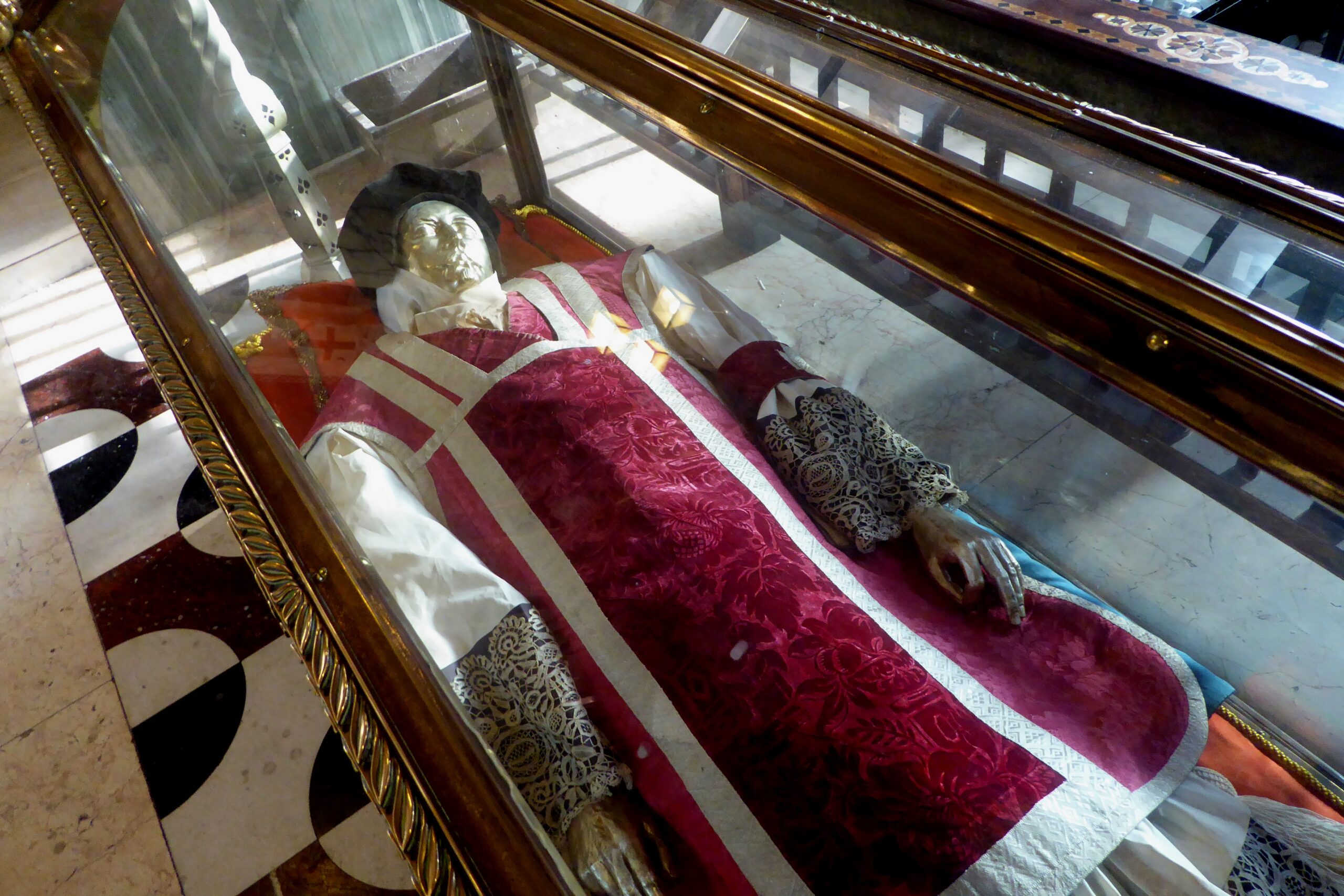
-please click on the images for greater detail.
So here he lies as he has lain in state
These ninety years in this cathedral crypt
At Westminster. We come to venerate
The relics of a martyr: his heart, ripped
Out of his chest at Tyburn for a priest,
Was sewn back in at Cromwell’s stern behest.
Four times arrested and three times released,
That blessèd little man four times confessed.
His derring-do his daring deeds display,
This doughty representative of Christ.
With face behind a silver mask he lies
And if he cries we cannot see his eyes.
-Peter Hartley
St John Southworth’s feast day is 27 June, which is observed as a Solemnity at the Westminster Cathedral, London, UK.
Love,
Matthew

